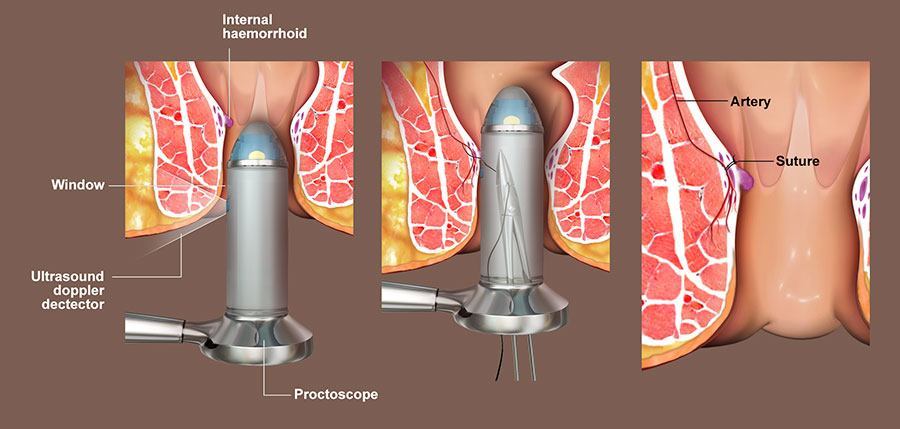What are the Treatment Options?
Pilesusually do not require treatment as they often disappear after a few days. However, discomfort and itching may be treated with various options.
Dietary and lifestyle modifications
If the main cause for the formation of piles is constipation, the first line of treatment usually involves softening and regularising stools. The symptoms of piles can be relieved with dietary changes and lifestyle modifications. A high fibre diet,including fruits, vegetables, whole grain cereals and breadscan help to soften stools and avoid straining. Your doctor will also advise you to increase your water consumption and exercise regularly to avoid constipation. Soaking yourself in warm water for 10 minutes several times a day may also provide relief.
Medications
Your doctor may suggest short-term remedies such as over-the-counter creams, ointments, or suppositories to relieve pain, swelling, inflammation and itching. Avoid using them for a longer time as they may damage the skin around your anus. Your doctor may prescribe pain killers to treat painful piles,and laxatives to soften stools and empty your bowels.
Minimal invasive procedures
When blood clots form in external haemorrhoids, your doctor will make a simple incision and remove the clot. Piles that are painful and bleed continuously may be treated with minimally invasive procedures. These include:
- Rubber band ligation: This procedure involves placing tight elastic rubber bands at the base of an internal pile. The bands cut off blood supply causing the pilesto fall off within a week. You may experience slight bleeding after the procedure, however if you have severe bleeding you should inform your doctor immediately.
- Injection (sclerotherapy): Your doctor will inject a chemical solution into the haemorrhoid. This relieves pain and hardens the haemorrhoidal tissue to form a scar. This shrinks haemorrhoids in 4 to 6 weeks.
- Coagulation technique: Laser, infrared light or heat may be used to burn off the haemorrhoidal tissue. These coagulation techniques cut off the blood supply, causing the small internal haemorrhoids to harden and shrink.

Surgical procedures
Your doctor may suggest surgery if the piles are large and are not successfully treated with other procedures.
- Haemorrhoid removal (haemorrhoidectomy): Your doctor will open the anus and surgically remove piles. This is the most effective treatment option for recurring or severe piles.
- Stapled haemorrhoidopexy: This procedure is mainly performed to treat piles that hang out of the anus. The piles will be stapled to the wall of the anal canal, which will reduce blood circulation and reduce its size.
- Haemorrhoidal artery ligation: Your doctor will identify the artery supplying blood to the piles with the help of an ultrasound probe. Blood supply to the identified artery will be blocked, which will help shrink the piles.










